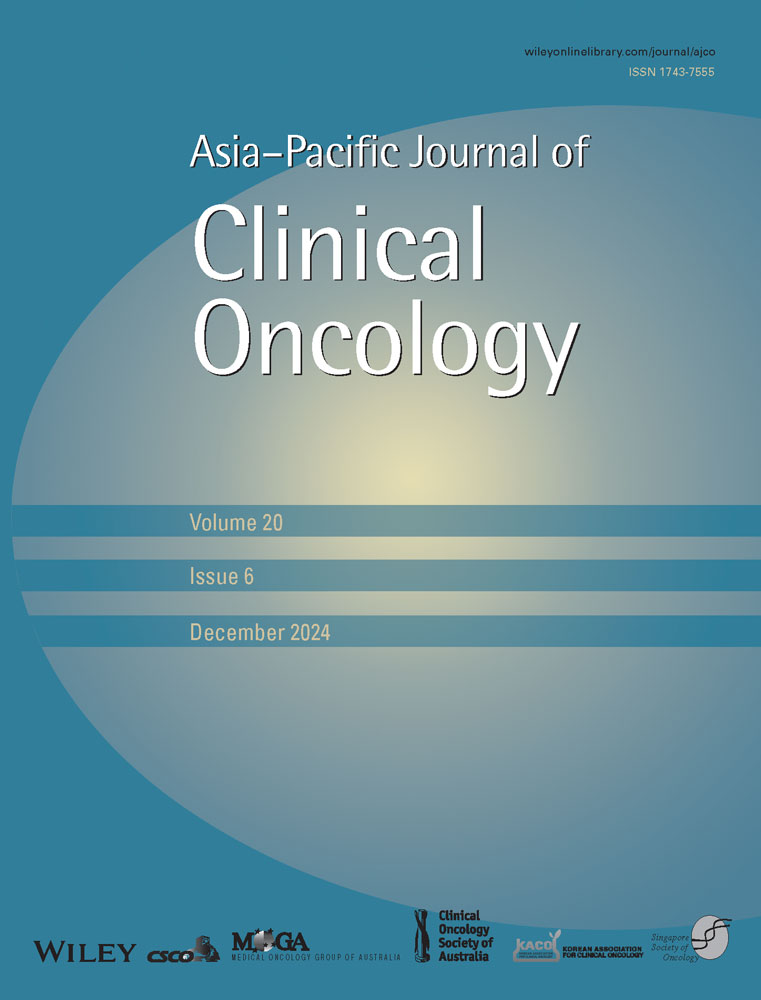Established the prediction model of early-stage non-small cell lung cancer spread through air spaces (STAS) by radiomics and genomics features
Yimin Wang contributed to this work.
Abstract
Background
This study was aimed to establish a prediction model for spread through air spaces (STAS) in early-stage non-small cell lung cancer based on imaging and genomic features.
Methods
We retrospectively collected 204 patients (47 STAS+ and 157 STAS−) with non-small cell lung cancer who underwent surgical treatment in the Jinling Hospital from January 2021 to December 2021. Their preoperative CT images, genetic testing data (including next-generation sequencing data from other hospitals), and clinical data were collected. Patients were randomly divided into training and testing cohorts (7:3).
Results
The study included a total of 204 eligible patients. STAS were found in 47 (23.0%) patients, and no STAS were found in 157 (77.0%) patients. The receiver operating characteristic curve showed that radiomics model, clinical genomics model, and mixed model had good predictive performance (area under the curve [AUC] = 0.85; AUC = 0.70; AUC = 0.85).
Conclusions
The prediction model based on radiomics and genomics features has a good prediction performance for STAS.
CONFLICT OF INTEREST STATEMENT
The authors declare no conflicts of interest.
Open Research
DATA AVAILABILITY STATEMENT
The datasets generated during and/or analyzed during the current study are not publicly available due the hospital's confidentiality policy but are available from the corresponding author on reasonable request.




